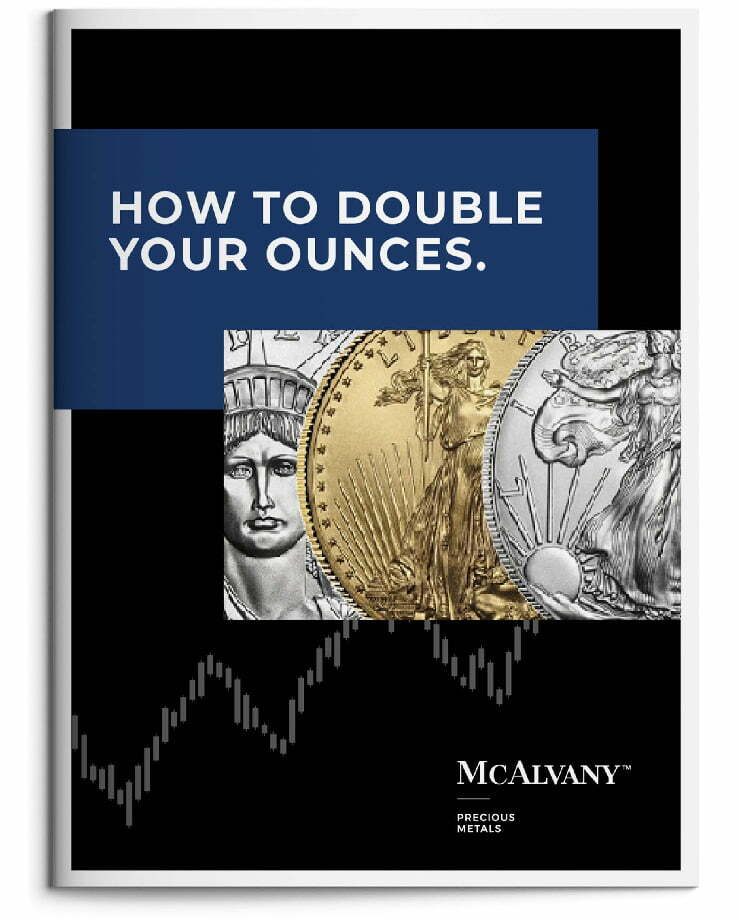The MAGA agenda has been so broad in its sweep that both proponents and opponents tend to view it monolithically. This is understandable given that all its elements fit rationally under the MAGA umbrella. However, it does have many components.
Many of these components are accurately represented by the cabinet heads Trump has put in place—areas such as law enforcement, health, military strength and strategy, intelligence information, and monetary policy. Other areas are dealt with by his executive orders or public communications such as press conversations or public addresses.
The point here is that, though all these things have a common goal, they are separate efforts with differing tools available to address them, and differing degrees of difficulty, situational peril, and opposition. Reform in most of these areas is a daunting prospect, but one of the largest and most difficult to address areas is government debt (including unfunded liabilities).
In fact, the odds are greatly against Trump being able to deal effectively with that debt. It’s mind-bogglingly immense, the options available to deal with it are heavily constrained, the side-effects are nasty, and the opposition is widespread and ferocious. Trump is the only one with the tools, the opportunity, and the plan to deal with it, but this is not David and Goliath. It’s either Agincourt or Thermopylae. The small, tight-knit band of brothers and sisters in the administration will either triumph incredibly or go down fighting against great odds.
A further point here, however, is that if the financial component of MAGA fails, the rest of the MAGA agenda (given its monolithic public perception) could go down with it. Will the Democratic Party, now on the ropes, rally and be able to resume its deconstruction of “oppressive” Western Civilization in favor of a worldwide socialist utopia?
These are heavy questions with massive implications. Life, like the MAGA revolution, has many facets. But in regard to financial things, preparation for large-scale political change has much in common with preparation for a long-term battle against debt. Gold is a go-to for either, as it is for many other possibilities.
Key Takeaways:
- All roads lead to gold
- Focus on the biggest threat first
- Inflation’s many contributors
- Will US gold reserves be revalued?
The McAlvany Weekly Commentary: Momentum Shifts To Gold
David and Kevin tackle the shifting momentum toward gold this week. David highlights that gold’s breakout above a 10-year consolidation at $2,200 in 2024 and its recent climb to $3,700 suggests a long-term trajectory toward $7,000–$8,000 per ounce, driven by macroeconomic turbulence and Fed rate cuts. Silver, the humble sibling, is also making waves with a 48% year-to-date gain, outperforming gold’s 41%, and could soon revisit its historic highs. The hosts discuss confirmations of gold’s bullish trend, including robust ETF acquisitions, surging mining stocks, and silver’s accelerating pace. Against this, they note that much of the financial world remains fixated on the “Mag 7” tech stocks, which now dominate 31% of the U.S. market—a concentration likened to a flashing warning light. The conversation shifts to liquidity, recession indicators, and the broader implications of debt, all underscoring gold’s enduring role as wealth insurance. With humor and depth, David and Kevin remind listeners that while the gold market is gaining steam, the best days may still be ahead.
Credit Bubble Bulletin: The Fed, 3rd Mandate, and 1st Amendment
Doug delivers thought-provoking analysis, exploring the Federal Reserve’s recent 25-basis-point rate cut against a backdrop of speculative excess and rising systemic risks. He critiques the Fed’s decision to loosen monetary policy despite record-high equity valuations, narrow credit spreads, and unprecedented leverage in the derivatives and private credit markets, likening the moment to the late-stage excesses of the 1920s. He warns that prioritizing short-term objectives like employment and inflation risks exacerbating financial instability, especially as the administration emphasizes a lesser-known “third mandate” of moderate long-term interest rates to justify policy maneuvers. Beyond monetary concerns, Doug casts a critical eye on the White House’s escalating use of regulatory pressure to stifle dissent, citing its recent actions against media outlets as a troubling erosion of First Amendment protections. Meanwhile, geopolitical tensions, surging commodities like gold and silver, and speculative mania in AI and private credit markets further underscore a precarious economic environment. Doug underscores the risks of ignoring history’s lessons, warning that today’s policy choices may fuel imbalances that ultimately destabilize both markets and society.
Hard Asset Insights: The Foothills of Stagflation
Morgan delves into the daunting challenge of stagflation this week. He highlights that the Federal Reserve’s recent 25-basis-point rate cut, despite inflation exceeding the 2% target for over four years, signals fiscal necessity rather than economic prudence. With U.S. interest expenses ballooning and tax receipts rising 12% year-over-year—likely due to higher-than-reported inflation—Morgan warns that the Fed is trapped in a “damned-if-you-do, damned-if-you-don’t” scenario. Rate cuts are essential to stave off a debt crisis but risk reigniting inflation and setting the stage for 1970s-style stagflation, where rising unemployment and inflation collide. Meanwhile, the Trump administration’s focus on reshoring manufacturing and reducing debt-to-GDP could exacerbate inflationary pressures through money printing and industrial policy. Morgan sees a bullish case for hard assets, especially gold, as investors awaken to its fundamentals amid stagflation risks. With Western investors only beginning to enter the sector, Morgan believes gold’s bull market has plenty of room to run, describing it as the “foothills of an Everest.” Weekly market highlights include gains in gold, 1.10%, and silver, 2.12%, while palladium tumbled 4.15%. Morgan concludes by urging investors to prepare for a challenging economic landscape where precious metals shine brightest.
Golden Rule Radio: Fed Sparks Market Swings
In the latest episode of GRR, the hosts dive into the market swings sparked by the Federal Reserve’s recent 25-basis-point rate cut and its broader implications. As gold climbed 0.8% to $3,660—briefly breaking $3,700 twice for a new record high—silver outperformed with a 1.5% gain, peaking near 5% intraweek. Platinum and palladium saw slight pullbacks, but maintained their recent upward trends. Meanwhile, the S&P 500 hit a fresh high at 6,600 while the U.S. dollar index fell to 96.9, its lowest level since 2022, underscoring ongoing fiat currency erosion. The hosts highlight that the Fed’s move, driven more by political pressure than economic data, signals reliance on monetary intervention rather than structural solutions, creating a bullish setup for precious metals. They also note how global central banks, excluding the U.S., are hoarding gold as a hedge against de-dollarization, further supporting gold prices. A potential revaluation of U.S. gold reserves sparks debate, with implications for currency stability and investor strategy. Closing with advice to prioritize physical gold accumulation amid looming scarcity risks, the hosts remind listeners that in markets, as in life, patience and preparation often yield the greatest rewards.















